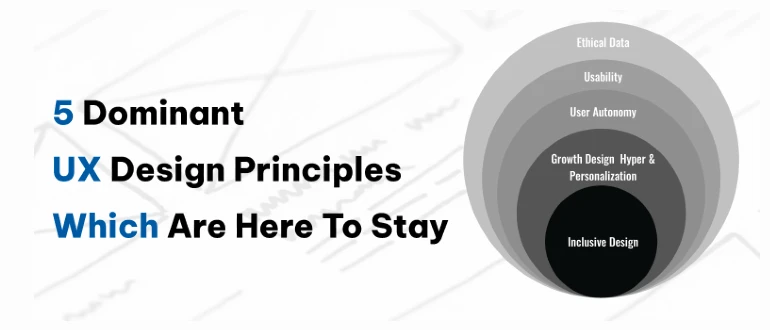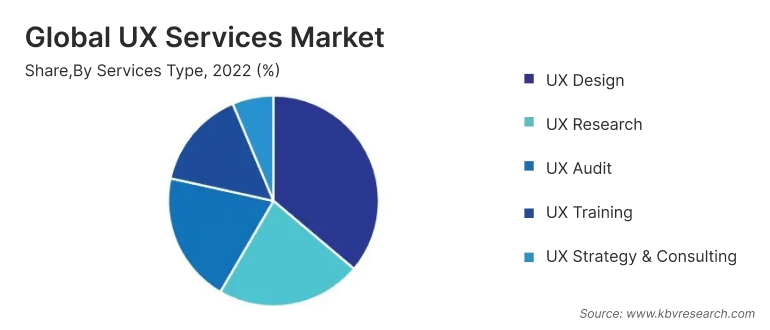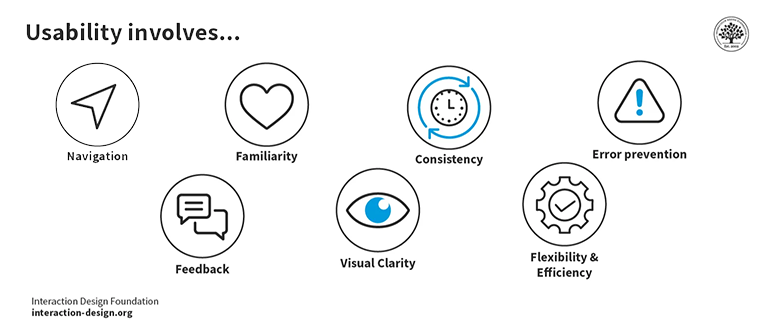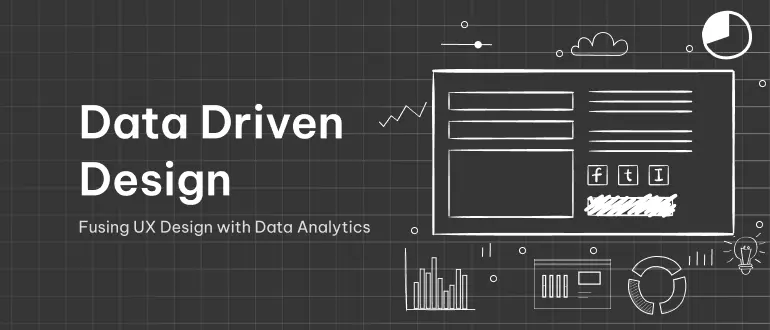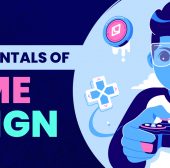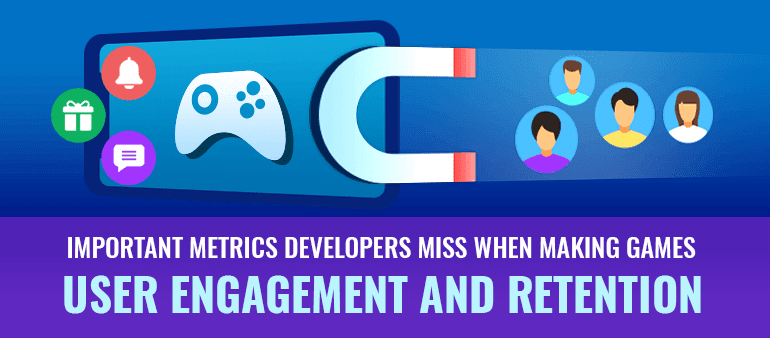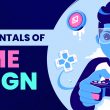The Origin of UX Design
The origin of User Experience (UX) design can be traced back to the 1940s, when Human Factors Engineering, or Ergonomics, emerged. The idea was to apply user psychological and physiological principles in the engineering and design of products, processes, and systems. By the 1970s, the concept of user-friendliness of technology gained momentum.
With the internet taking the world by storm in the 1990s, rudimentary websites grew as did the role of hyperlinks and the importance of easy navigation. The urgency to keep online experiences seamless was felt. This is when information architecture and interaction design became essential in UX practice. The 2000s and 2010s brought in digital content on screens of various sizes and resolutions, hence responsiveness gained in significance.
With UX taking centre-stage, could user-centered design be far behind? User-centered design took a human approach to building websites, applications and products, and not just a technological one. User research, usability testing and even user feedback became a part of the design process. Now, what a user thought and felt while using an application mattered - studied through qualitative as well as quantitative data. Data-driven design is the norm for applications and websites now, led by fusing data analytics with UX design.
You may also read: Game Design and Development Process: Pre to Postproduction
Why UX Design Evolution Matters
“The growth in UX is still to come. I’m predicting that we’ll be 100 million UX professionals in the world by 2050. This corresponds to 1% of the world’s population. Is it realistic to expect that an entire percent of the population will be occupied with something as esoteric as user experience? Yes, because UX won’t be esoteric in 2050. It will be a key driver of the world economy.” - Jakob Neilson, co-founder, the Nielsen Norman Group.
Jakob Neilson started UX in 1983 and his 100-year view of UX is evidently bullish and ‘positive beyond belief’. Kbvresearch.com says the Global UX Services Market size is expected to reach $30.2 billion by 2030, rising at a market growth of 37.3% CAGR during the forecast period. In all of this, UX design is ruling the roost.
There are significant reasons to invest in UX design. Companies providing UI UX design services understand the pulse of the ux design industry, and businesses are convinced now more than ever why UX design is the thing to embrace.
Here are some of the reasons why this is so.
Increased user engagement
A thought-out UX design helps in boosting overall engagement. A design process driven by an understanding of user expectations is bound to resonate with customers.
Reduced bounce rate
A bad design comes in the way of a smooth and useful experience of a website or app, leading to potential customers exiting. A good design holds them!
Increased user satisfaction
Intuitive and aesthetically made interfaces lead to satisfied customers, improving a brand’s perception and increasing loyalty.
Enhanced brand image
UX designs bring an element of contemporariness to products which helps with products coming across as in-with-the-times.
More conversions
Intuitive designs play a big role in driving calls to action, thanks to streamlined user journeys and minimal to nil frustrations.
Effective CRMs
UX design ideas are helping SMEs manage customer interactions, track leads, and streamline client communication, thus making Customer Relationship Management (CRM) systems more effective.
Data-Driven decisions
Advanced UI/UX designs facilitate data collection and analysis. This data then helps businesses make informed decisions based on user behavior and preferences.
Adaptability
Contemporary User Experience trends are evidence of how UX adapts to evolving technology to ensure integration with changing platforms and devices. Latest UX ensures mobile-friendly interfaces in keeping with the growing population using smartphones.

5 UX Design Principles Which Are Here to Stay
UX practitioners and UX designers have been on their toes trying to keep abreast of the flux in the UX industry. UX design trends 2024 point towards responsive designs with 3D designs for elevated realism, neumorphism for tactile interfaces, microinteractions for enhanced engagement, animated gradients, dark mode for aesthetic and functional appeal, minimalism and the carrying over of the metaverse, Voice user interface, AR, VR and minimalism from previous years.
Apart from the trends and despite their ever-changing nature, there are core principles of UX design which constantly define the future of UX, including responsibility.
Here are 5 dominant UX design principles which are here to stay:
Inclusive Design
What was once a buzzword has today become a necessity in design - Inclusivity. A wider spectrum of users is being seen in this approach, beyond the ‘average user’. Digital experiences need to be accessible to all users - irrespective of age, needs and abilities. This means the design process is not just considering but also including different ages, genders, cultural backgrounds, physical and cognitive abilities in the design process itself - in order to open up digital experiences to larger audiences.
Key aspects of inclusive design are:
Accessibility: Accessibility works in a two-fold manner. One, it considers a wide range of abilities and disabilities for easy access. Two, it seeks to elevate usability and create product experiences that are enjoyable for everyone.
Empathy: An empathetic approach begins with a better understanding of real people and their real needs. This deep understanding of user experiences translates into UX designs which prioritize user preferences and hence lead to more successful products.
Context and Environment: This mindset shift considers designing for different devices, network conditions, and environmental constraints. What is taken into account is the context in which a user may interact with a product or service.
Sustainability: Design decisions have a long term impact on users and society. Inclusive design aims to create solutions that can sustain changes in technology and societal norms.
User Feedback: Inclusive design gives importance to diverse user feedback throughout the design process. If done early on, issues in design can be identified and rectified. What ensues is a process of continuous improvement.
Growth Design and Hyper-Personalization
Growth design is a methodology that goes beyond the regular product design process, to also include business strategy and growth in it. At a basic level, it does so by focussing on user engagement and retention.
Hyper-personalization is the process of using AI and real-time data to display highly curated products and content. It is a key element of growth design and improves the overall business performance.
- Relevant content highly personalized to the users keeps them more involved with a product or service, hence driving user engagement.
- Personalized content, like tailored recommendations, has a greater chance of retaining user attention, and hence the user himself.
- Personalized promotions and calls to action based on user behaviors help with conversions.
- Hyper-personalization includes constant experimentation, testing and optimization of elements.
User Autonomy
What is meant by user autonomy? Giving users a level of freedom when using a product or service. What does this mean in the context of UX design? Designing keeping in mind that a user should be able to control their actions, like correct mistakes, undo actions or choose easily. It is like fostering a feeling of control over the User Interface (UI).
Being allowed to exit a flow or simply undo his/her last action plays a significant role in encouraging the user toward further exploration, thereby increasing the chances of the user finding what he was looking for (say, on a product site) and getting converted.
Usability
The principle of usability is as simple as it sounds - how easy it is to use a product. A good user experience relies heavily on this UX design principle. It is measured by considering how well a certain user in a specific context can use a product or design to achieve a pre-defined goal. A UX design with a high level of usability means it guides users through the easiest and least laborious route towards that goal.
Usability is measured throughout the design process. Broadly, there are five components of usability to consider in UX designs:
Learnability: How easy is it for users to comprehend your product the first time they use it?
Memorability: How easy is it for a user to re-familiarise themselves with a product they are using after some time.
Efficiency: Is the user able to reach the desired goal efficiently and quickly?
Errors: How many errors do users typically make when using the product? Are these errors serious? Can they be undone, as discussed in user autonomy above?
User Satisfaction: Does the product provide a satisfying user experience?
Ethical Data Considerations
A good UX design makes our online experience easy, efficient, and enjoyable. Ethical design goes an essential step beyond this to include not just our well-being but also that of society and the environment. It is a kind of “conscious” design that gains the users’ trust, builds brand image, is socially inclusive, acknowledges diversity and values privacy.
With data driving designs from conception itself, issues of data privacy and data bias come into being. Data collection and privacy concerns are a balancing act. Collecting valuable data has to go hand-in-hand with respecting user privacy. This also includes complying with established data protection regulations. The solution is to collect only what is necessary with clear user content. Secure data storage and transmission methods are also important.
Design decisions can be negatively impacted if bias accidentally enters predictive models. This bias can be socio-economic, gender based or even ethnic prejudice. Diverse samples which are cross-validated mitigate this bias. A multidisciplinary team in data analysis can help.
Validating assumptions and interpretations requires domain experts as an integral part of the UX design team. All decisions to do with design need to be made accordingly.
UX Design With Logic Simplified
Logic Simplified is a leading game design and development company with over a decade of experience in providing UI UX design services. Our game designers and game app developers upskill in tandem with evolving UX designs and principles, always aiming to create products which drive user engagement and maintain user satisfaction. Write to us at enquiry@logicsimplified.com or call us here to know more.

 Get a Quote
Get a Quote

